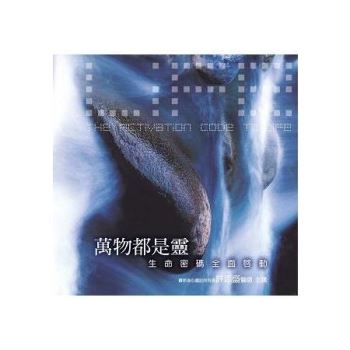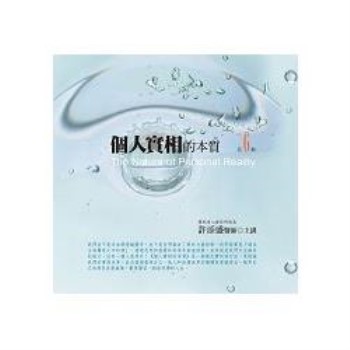Difficult to measure accurately and deal with effectively, organic pollutants continue to be a major hazard in the environment. Significantly expanded, the second edition of Organic Pollutants: An Ecotoxicological Perspective describes the mechanistic basis of ecotoxicology, using major groups of pollutants as illustrative examples, and explores the problem of complex mixtures of chemicals.
New in the Second Edition:
- Expanded coverage of complex pollution problems and the exploitation of recent scientific and technological developments to investigate them
- New chapters: Endocrine Disrupting Chemicals and their Environmental Impacts and Neurotoxicity and Behavioral Effects
- Additional information on biomarker approaches and new technologies, such as microarrays assays, developed to address complex pollution problems
Tried-and-True Format Presents Updated Information
Keeping the same format that made the first edition so popular, the text begins with coverage of the basic principles underpinning the environmental behavior and effects of organic pollutants. It then describes the properties and ecotoxicology of major pollutants, discusses some issues that arise after consideration of the material in the second part of the text, and explores future prospects.
Mechanistic Approach Provides Basis for Development of New Strategies
The book takes a bottom up approach, describing the mechanisms by which pollutants have harmful effects on living organisms and how these effects are translated into adverse changes at the population level. This mechanistic approach supplies the basis for development of new mechanistic biomarker assays, which in turn provide measures of toxic effect and not merely of exposure, and subsequently provide evidence of causality between pollutant levels and ecological changes.











